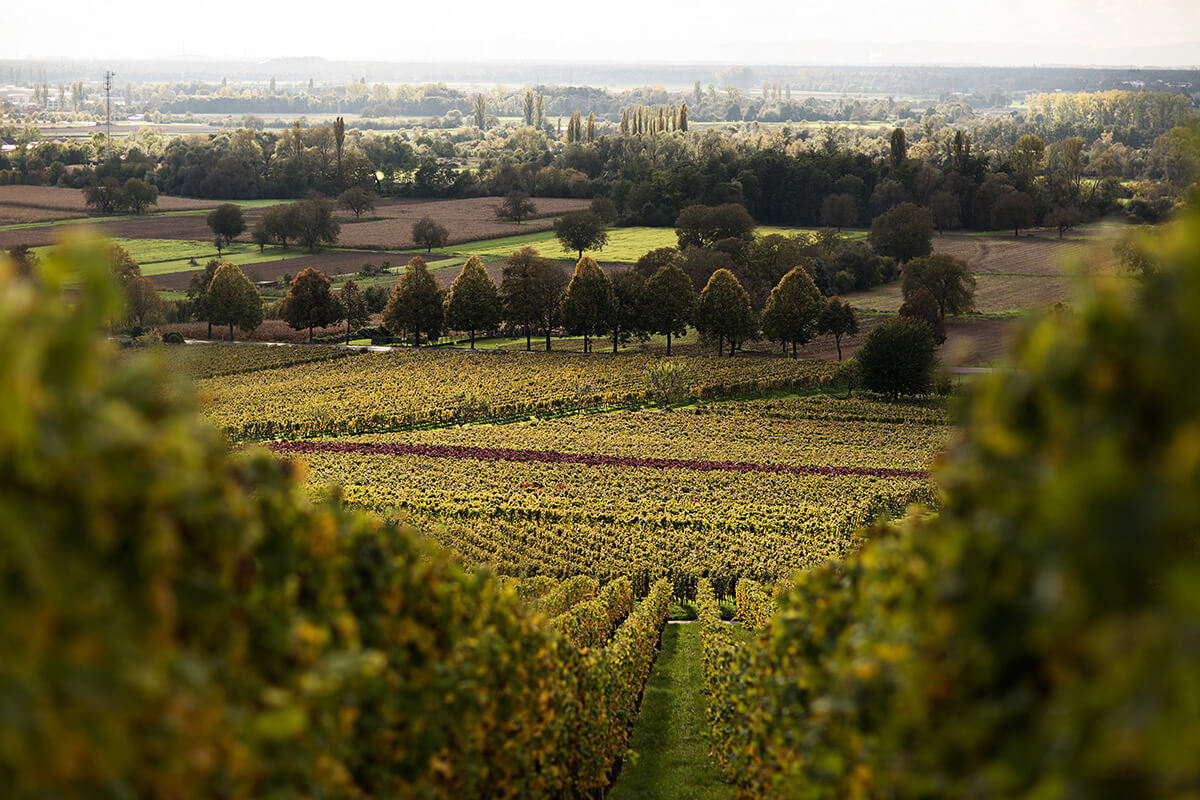Introduction
The tiny region of Hessische Bergstrasse takes its name from an old Roman trade route known as the strata montana, or mountain road.
It is a scenic landscape of vines and orchards scattered on hilly slopes famous for its colorful and fragrant springtime blossoms, the earliest in Germany. The wines tend to be fragrant and rich, with more body and an acidity and finesse similar to those of the Rheingau.
Statistics
Major Towns: Bensheim, Heppenheim
Districts: 2
Collective Sites: 3
Individual Sites: 22
Vineyard Area: 467
Terroir
Climate
– Optimal solar radiation
– Sufficient rainfall
– The Rhine, Main, and Neckar rivers act as heat reservoirs, contributing to a climate perfect for cultivating grapes
Soil
The soils are varied, ranging (north to south) from porphyry-quartz to weathered granite to sand and loess-loam.
Top soil types:
Loess
Porphyry quartz
Weathered granite
Sand
Terrain
Southeast of Frankfurt, the heart of Hessische Bergstrasse (one of the smallest wine-growing regions of Germany) runs parallel to the Rhine in the foothills of the protective Oden Forest, nestled between the Main and Neckar rivers.






